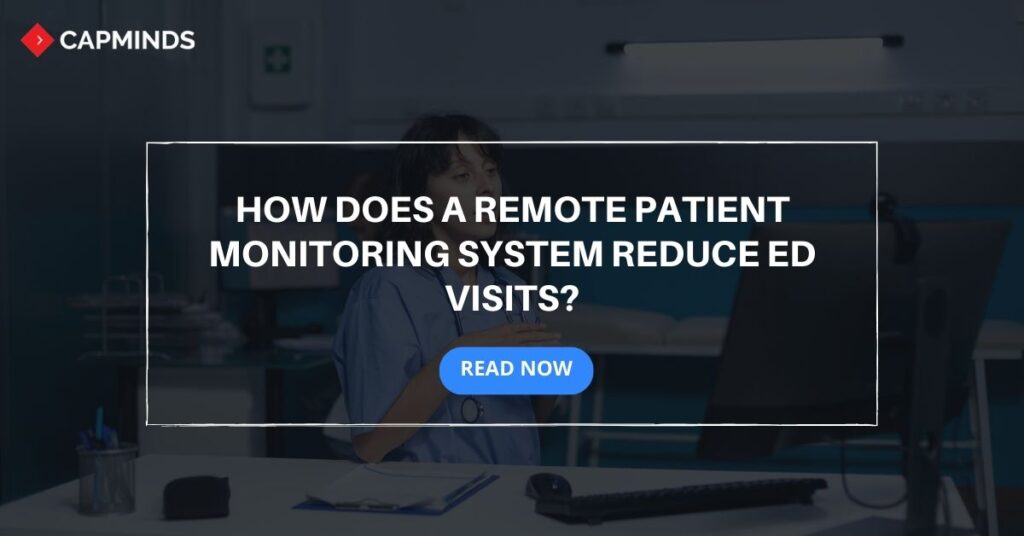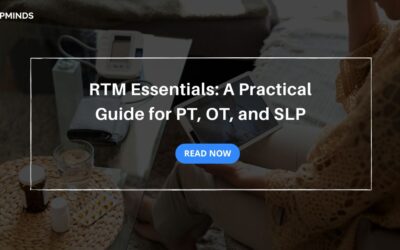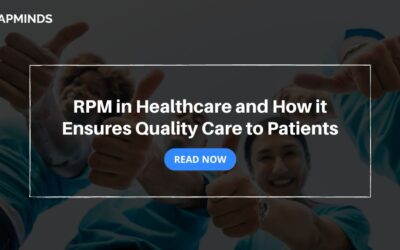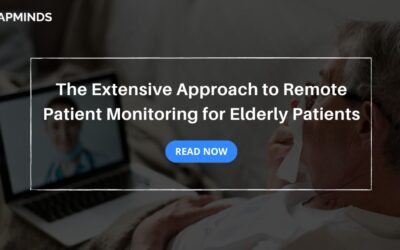How Does a Remote Patient Monitoring System Reduce ED Visits?
In today’s health tech world, the elegant combination of smart technologies and a good kind of service is helping a lot to make remote patient monitoring a most important part of keeping patients healthy.
Most of the healthcare practices in the US have now seen a drastic reduction in avoidable ED visits and improved patient experience. And that’s possible because of remote patient monitoring.
Let’s see how the implementation of RPM has reduced EB visits and how it fits into patient workflow.
RELATED: Remote Patient Monitoring 101: The Ultimate Integration Guide
So, How does RPM help in the reduction of ED visits?
Remote Patient Monitoring (RPM) offers huge benefits that contribute to the reduction of Emergency Department (ED) visits in U.S. healthcare. Here we present some of the major benefits.
1. Early deduction of patient health status
RPM enables healthcare providers to detect changes in a patient’s health status in real-time. This early detection allows for timely interventions to address issues before they escalate, reducing the likelihood of emergencies that might lead to ED visits.
2. Chronic Disease Management
RPM is more effective in the case of monitoring and managing chronic conditions. Patients with chronic conditions like health disease, asthma, diabetes, and hypertension can be remotely monitored effectively for vital signs and symptom changes with the help of RPM. Proactive management helps prevent exacerbations and complications that might otherwise result in ED admissions.
3. Prevention of Acute Episodes
Continuous monitoring of patients at risk of acute health episodes allows for prompt action. Adjustments to medication, lifestyle changes, or remote consultations can prevent the progression of a condition to a point where emergency care is needed.
4. Reduced Hospital Admissions
With the help of RPM, patients can be closely monitored at home and preventive care is provided on time. This will reduce the need for hospital admissions. Apart from reducing the need for ED visits, RPM also helps to reduce healthcare costs associated with inpatient care.
5. Patient Engagement and Education
Nowadays patients are eager to know about their health status. Here RPM helps patients to engage in their healthcare by regular monitoring. Also, patients are regularly provided with educational resources to better understand their healthcare conditions. This ultimately reduces the need for ED visits as patients can able to easily understand and manage their health status.
6. Optimized Treatment Plans
RPM data provides healthcare providers with a comprehensive view of a patient’s health over time. This allows for the optimization of treatment plans based on real-world, continuous data, reducing the risk of adverse events that might result in ED visits.
7. Remote Consultations
People love remote care. Yes, today telehealth has become very popular as people are enjoying virtual visits. By integrating telehealth within RPM systems, healthcare providers can easily able to conduct remote consultations for their patients.
RPM reduces the need for physical visits by allowing for on-time communication between healthcare providers and patients, addressing concerns, prescribing medications, and more.
RELATED: Remote Patient Monitoring and IoT: The Integration Transforming Healthcare
8. Improved Medication Adherence
RPM often involves tracking medication adherence. Ensuring that patients take their medications as prescribed reduces the risk of complications and disease progression, ultimately lowering the likelihood of emergencies.
9. Enhanced Care Coordination
RPM provides better communication and coordination among healthcare providers. during any emergency or any issue that arises, a responsible healthcare team member can collaborate efficiently to address patient needs on time, preventing unnecessary ED visits through a more cohesive and proactive approach to care.
10. Population Health Management
RPM contributes to population health initiatives by allowing healthcare providers to effectively monitor and manage the health care of entire patient populations remotely. Identifying the health trends and patterns on time can inform preventive strategies, reducing the overall demand for emergency services.
Are you planning to implement RPM for your practice in 2024?
in today’s advanced healthcare landscape, adding healthcare services like remote patient monitoring and telehealth may help your practice achieve quality of care and boost practice revenue. check out how CapMinds RPM services will help you in achieving your practice growth.



